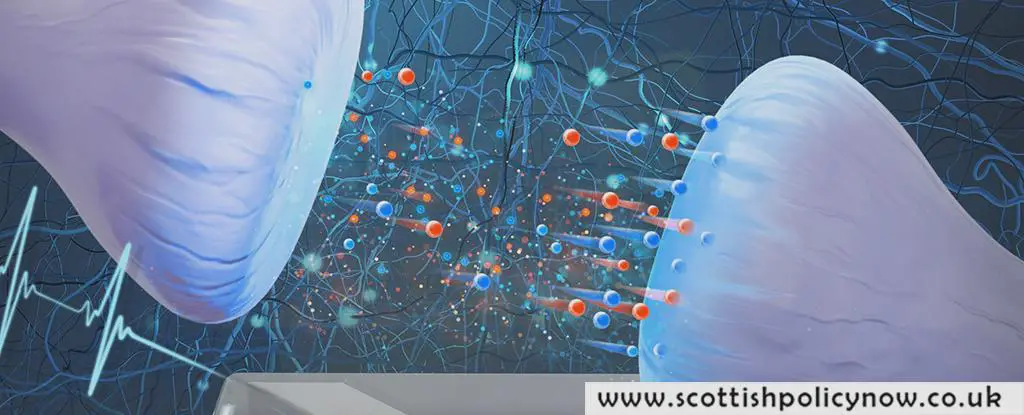For the first time, researchers have created simulations of neurological connections known as synapses using the same water and salt components utilized by the brain. This work contributes to a burgeoning field that melds biology with electronics, known as iontronics.
The collaboration between Utrecht University in the Netherlands and Sogang University in South Korea has drawn inspiration from the human brain, which employs charged particles called ions in water to relay signals within neurons.
A key aspect of the brain’s information processing capability is synaptic plasticity, which permits neurons to modify the strength of their connections based on the history of inputs received.

Dubbed an iontronic memristor, this device ‘remembers’ the quantity of electrical charge that has passed through it previously, edging us nearer to the creation of artificial systems that can replicate the extraordinary capabilities of the human brain.
“This marks a significant step forward towards developing computers that not only emulate the communication patterns of the human brain but also use the same substances,” states theoretical physicist Tim Kamsma from Utrecht University.
Configured in a cone shape and filled with a solution of water and salt, the iontronic memristor is merely 150 by 200 micrometers in size—roughly the width of three or four human hairs lined up. Electrical impulses drive ions to traverse the conical channel, with changes in electrical charge causing variations in ion movement. These alterations in electrical conductivity of the synapse are measurable and interpretable, signifying a form of memory.
It’s still the early phases for this device and for iontronics as a whole. However, the impact of the channel’s length on the memory retention time of the memristor already indicates that channels could be customized for specific functions, similar to those in the brain. The scientists are also keen to explore how these artificial synapses might be integrated in various configurations.
The new design is relatively inexpensive and quick to produce, making it scalable for diverse future applications.
“While artificial synapses that can handle complex information based on solid materials already exist, we now demonstrate for the first time that this can also be achieved with water and salt,” declares Kamsma.
“We are essentially duplicating neuronal activity with a system that operates using the same substances as the brain.”
The ambition is that by adhering so closely to the brain’s blueprint, instead of relying on conventional electrical processes and materials, we might approximate the brain’s capacity and efficiency with our own computing systems.
For the researchers, this is also a striking example of how theoretical and experimental physics can merge to forge new scientific paths – providing the team with a ‘wow’ moment when the artificial synapse was realized.
“I thought wow!” exclaims Kamsma. “Seeing the evolution from theoretical ideas to practical real-world applications, and achieving these impressive experimental results, is tremendously satisfying.”
The study has been documented in PNAS.








